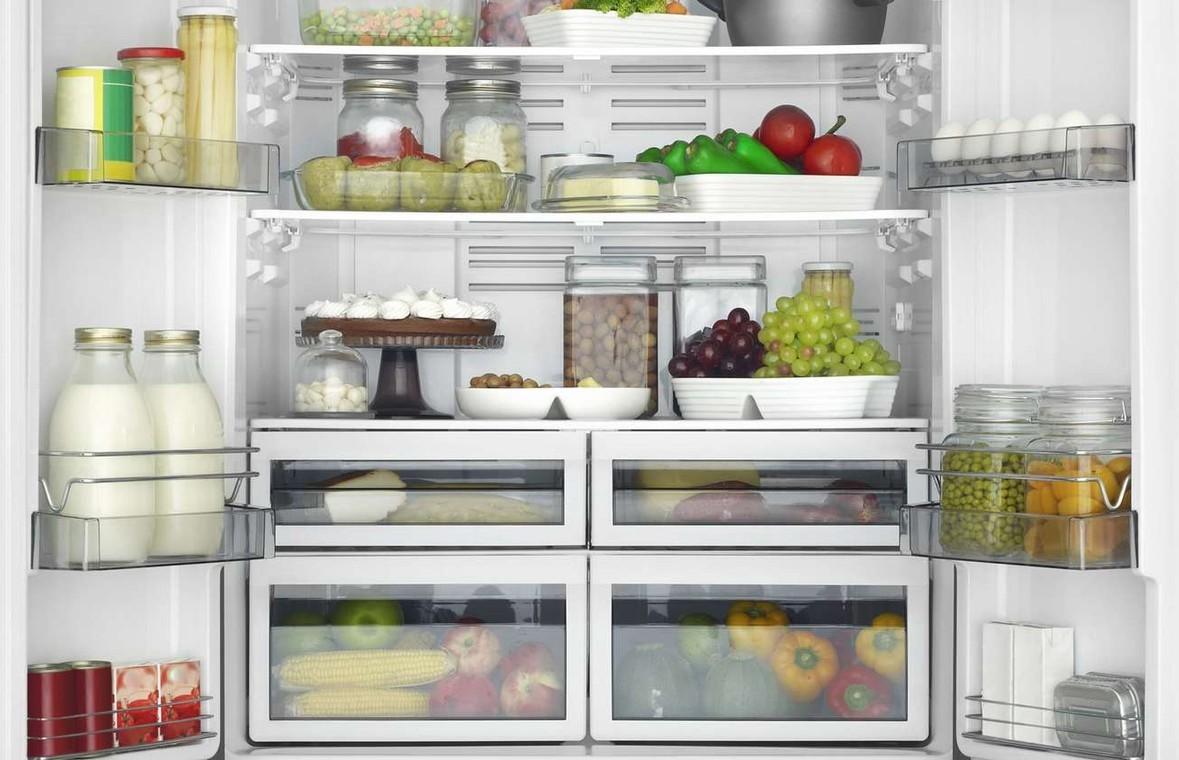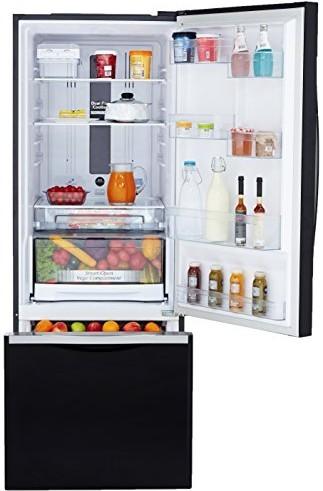
1 minute read
ANCIENT REFRIGERATION
Ancient civilizations used the available natural cooling techniques to preserve food based on the climate. By cutting ice for ice houses or directly storing food in cold water, people made use of rivers and lakes. Ground-level storage pits were frequently insulated with sawdust or straw and filled with snow or ice.
Cold Storage Without Electricity
Advertisement
Before electricity, ice houses on lakes and rivers were useful for keeping food cool. If ice or snow were unavailable, underwater or underground refrigeration. Additionally, storage, such as cold cellars, people provid e starte d making their own iceboxes for cold storage out of snow or ice chunks and natural materials like sawdust or seaweed for insulation.

In the 1800s, manufactured iceboxes that resembled contemporary refrigerators gained popularity. These designs featured insulated wooden or metal cabinets with a tray or compartment that contained a sizable block of ice. Homes with iceboxes received these ice blocks regularly.

WHO MADE THE INITIAL REFRIGERATOR?

As more people moved into expanding cities and further away from food source s, household refrigerators became essential. Throughout the 19th century, there was an increase in the demand for fresh food. The need to keep perishable food cold during transit and at home increased as the distance between fresh food sources and consumers' homes increased. It led to the latest refrigerator technology.

